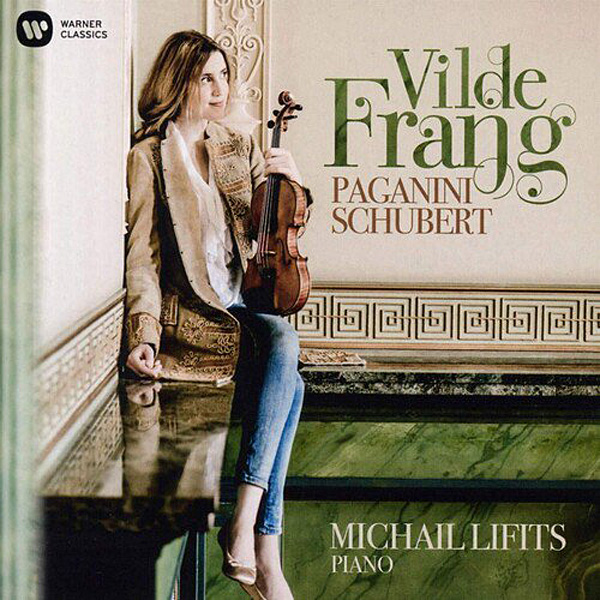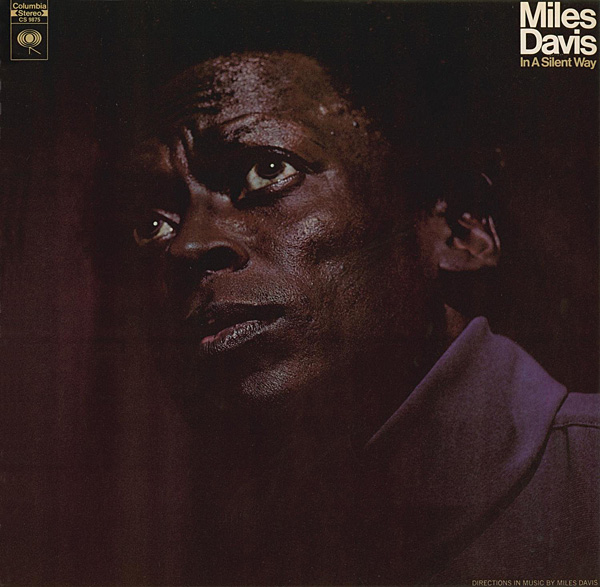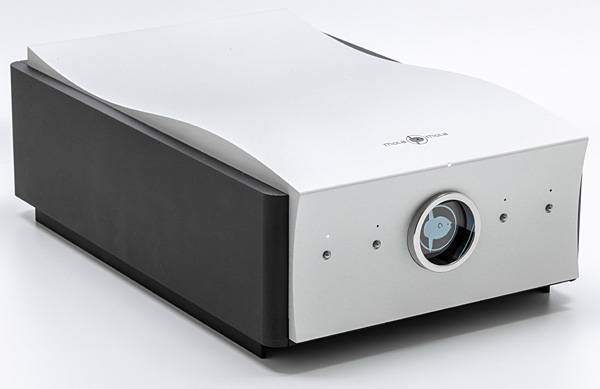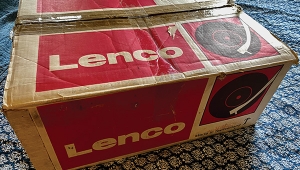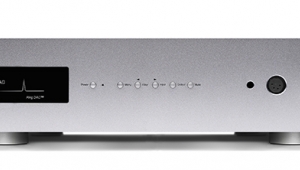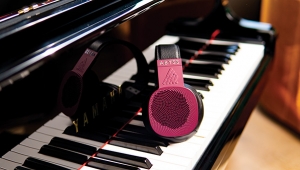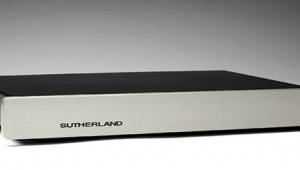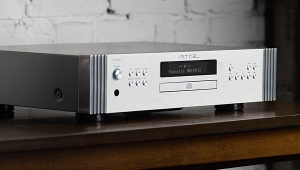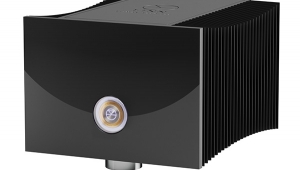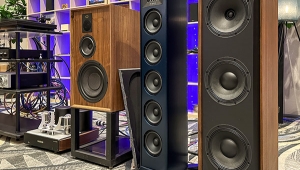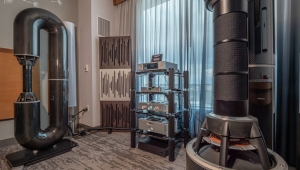| Columns Retired Columns & Blogs |
...... expression. " qtd HR
Hi
Bingo, HR. Now you got it - going DIRECT !!!!!!
Active linestages are REDUNDANT soncially, irrespestive of design/pricing as they screw up the music signals by adding harmonic & phase distortions to the music signals passing through them, IMO. This is physics !!!
My skeptical ears hear the sonic difference with & without since day one many many years back. That's made me build really PASSIVE linestage as 100% linear active & passive linestages were nowhere available back then & even today.
Why not as all CD/DVD/DAC get adequate output voltage & low impedance to drive any commercial brandname power amps to full power ???
FYI, my design/built phono-pramp installed a passive bypass switch to allow my LP, CD/DVD/DAC music signals driving DIRECT my brandname & home-brew tube power amps.
I bet you'd drop yr jaw bigtime when you listen to LP music going from the phonostage DIRECT to the power amp ! I do it ALL the time for as I can't tolerate the music impaired by the redunctant electronics in the music signal path.
It is the forceful latent energy you may have missed so much now fully liberated together with the "nuanced dynamic expression" !!!
Listening is believing
Jack L


